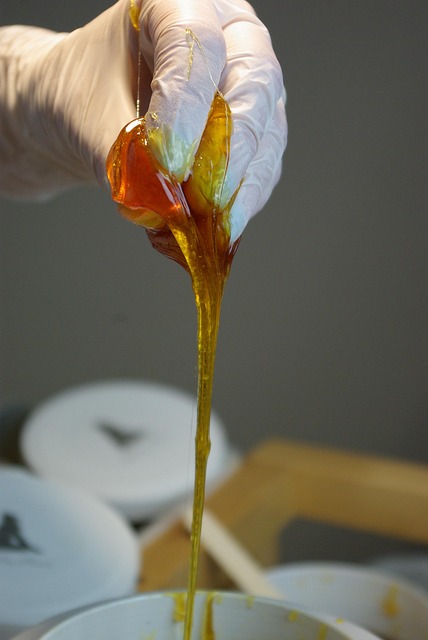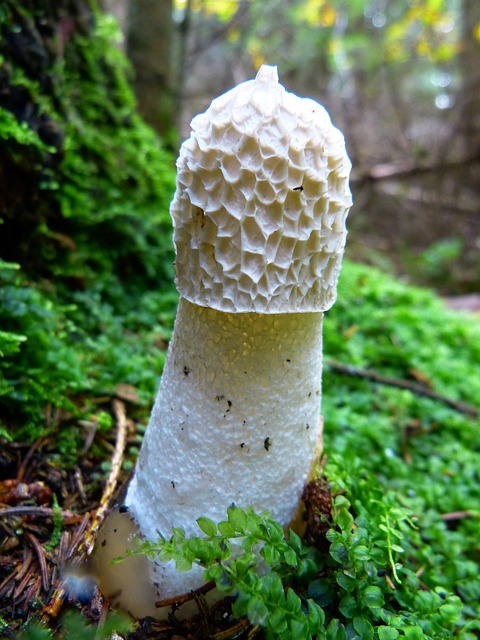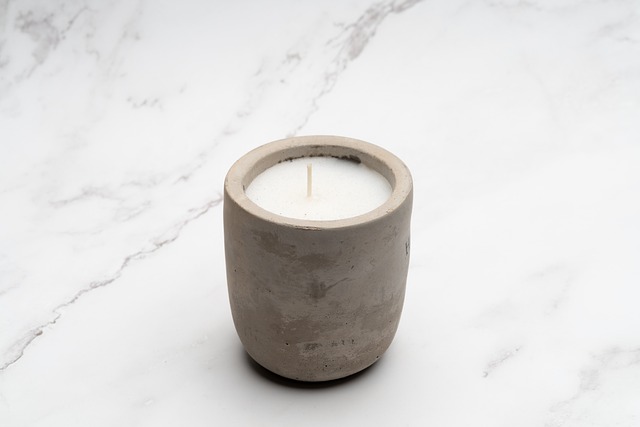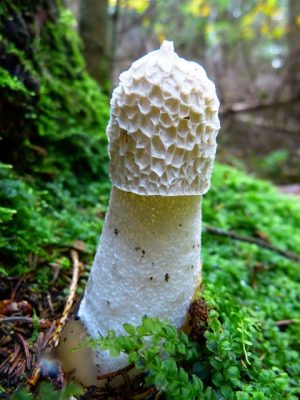Odor removal is vital for maintaining a clean home, targeting sources like cooking fumes, pet dander, mold, and mildew. A systematic room-by-room assessment identifies problem areas. Natural solutions like baking soda, essential oils, plants, and vinegar are eco-friendly and cost-effective. Chemical treatments should be used cautiously, as a last resort, following safety guidelines for specific issues. Professional help is recommended for severe odors. Long-term freshness requires daily cleaning habits, deep cleaning, good ventilation, air purifiers, and fragrant detergents.
Odor removal is an essential aspect of maintaining a clean and comfortable home environment. From pet stains to mold and mildew, understanding the root causes of various odors is the first step towards effective solutions. This article guides you through comprehensive strategies for odor removal, encompassing natural remedies, chemical interventions, and professional assistance. Learn how to assess problem areas, adopt long-term practices for a fresh home, and make informed decisions based on specific needs, ensuring a pleasant living space.
Understanding Home Odors: Common Causes and Types

Odor removal is a critical aspect of maintaining a clean and comfortable living space. Understanding home odors begins with recognizing their common causes and types. Internal sources like cooking, pets, and mold can emit various scents that may be unpleasant or even harmful to health. For instance, kitchen fumes contain volatile organic compounds (VOCs) from cooking oils and gases, while pet dander and urine can leave persistent aromas.
On the other hand, external factors such as smoke, mildew, and nearby industrial activities can infiltrate homes, adding complexity to odor removal processes. Different odors require distinct approaches for effective removal. From using air purifiers and activated carbon filters to employing natural remedies like baking soda and essential oils, various solutions are available for tackling these issues.
Assessing the Scope: Identifying Problem Areas

When tackling odor removal for homes, the first step is crucial—assessing the scope and identifying problem areas. Start by evaluating every room to understand the sources of unpleasant smells. Kitchens, bathrooms, and basements often harbor persistent odors due to factors like food decay, moisture buildup, or mold growth. Carpets, upholstery, and curtains can trap scents from various activities, making them key areas to inspect. Pay close attention to dark, secluded spaces where air circulation is poor, as these are breeding grounds for odor-causing bacteria.
Use your senses—smell, sight, and even touch—to detect anomalies. Look out for visible signs of damage or discoloration that could indicate water leaks or pest infestations, both of which contribute significantly to unpleasant odors. By systematically checking each room, you can pinpoint specific problem areas, enabling targeted and effective odor removal strategies.
Natural Solutions for Effective Odor Removal

Natural solutions offer an eco-friendly and effective approach to odor removal for homes. Many common household items can be used as powerful deodorizers, making them an excellent alternative to commercial products. For instance, baking soda is a well-known absorbent that can neutralize odors in various surfaces, from carpets to refrigerators. Essential oils, such as lemon, lavender, or tea tree oil, have antimicrobial properties and fresh scents, making them ideal for creating natural air fresheners. These solutions are not only cost-effective but also free from harsh chemicals, ensuring a safer environment for both you and your family.
Another natural method involves utilizing plants known for their air-purifying abilities, like snake plants or peace lilies. These plants naturally absorb toxins and odors from the air, enhancing indoor air quality. Additionally, vinegar is a versatile cleaning agent with acidic properties that can cut through grease and grime while removing stubborn odors in kitchens and bathrooms. Incorporating these natural solutions into your home not only promotes a healthier living space but also contributes to a more sustainable lifestyle.
Chemical Treatments: When and How to Use Them

Chemical treatments can be effective for eliminating persistent odors, but they should be used judiciously due to potential health risks and environmental concerns. These methods often involve powerful deodorizers and sanitizers that can target specific odor sources. They are particularly useful for tackling tough smells from mold, mildew, pets, or previous occupants. However, not all odors require chemical interventions; natural solutions like baking soda, essential oils, or vinegar can be just as effective for mild to moderate cases of odor removal.
When considering chemical treatments, it’s crucial to follow safety guidelines and ensure proper ventilation. Always read the labels carefully and choose products designed for odor control rather than general household cleaning. Targeted application is key; treat affected areas directly without overspraying uncontrollable surfaces. Regular maintenance and addressing the root cause are essential for long-lasting results in odor removal, making chemical interventions a last resort when other methods fail.
Professional Help: When to Hire Specialists

Professional Help: When to Hire Specialists for Odor Removal
While many odor removal techniques can be tackled at home, there are instances where professional help is necessary. Persistent or severe odors, especially those stemming from mold, mildew, pet accidents, or chemical spills, may require specialized equipment and knowledge that only trained specialists possess. Hiring professionals is crucial when the source of the smell is hard to pinpoint or when it has penetrated deeply into walls, carpets, or furniture.
Specialists in odor removal often have access to advanced tools and products designed for such situations. They employ techniques like air purification, deodorization, and sanitization to address not just the perceived smell but also any underlying causes. This thorough approach ensures that the home is not only free from unpleasant odors but also safe from potential health risks associated with lingering smells.
Maintaining a Fresh Home Environment Long-Term

Maintaining a fresh home environment long-term requires consistent odor removal efforts. After addressing acute issues with professional services or homemade remedies, establishing daily habits is key. Regular cleaning routines, especially in kitchens and bathrooms, help prevent the buildup of unpleasant smells. Using fragrant candles or diffusing essential oils can add a layer of pleasant aroma, but these are temporary solutions. For lasting results, focus on deep cleaning and maintaining good ventilation to ensure air circulates freely throughout your home.
Invest in high-quality air purifiers equipped with carbon filters designed to trap volatile organic compounds (VOCs) and other odor-causing particles. Consider natural odor absorbers like baking soda or charcoal packets placed in rooms that tend to hold smells, such as the fridge or trash cans. Regularly washing bedding, curtains, and other textiles with fragrant detergents also contributes to a fresh home environment. By combining these practices, you can effectively manage and prevent odors, creating a clean, welcoming space for years to come.
